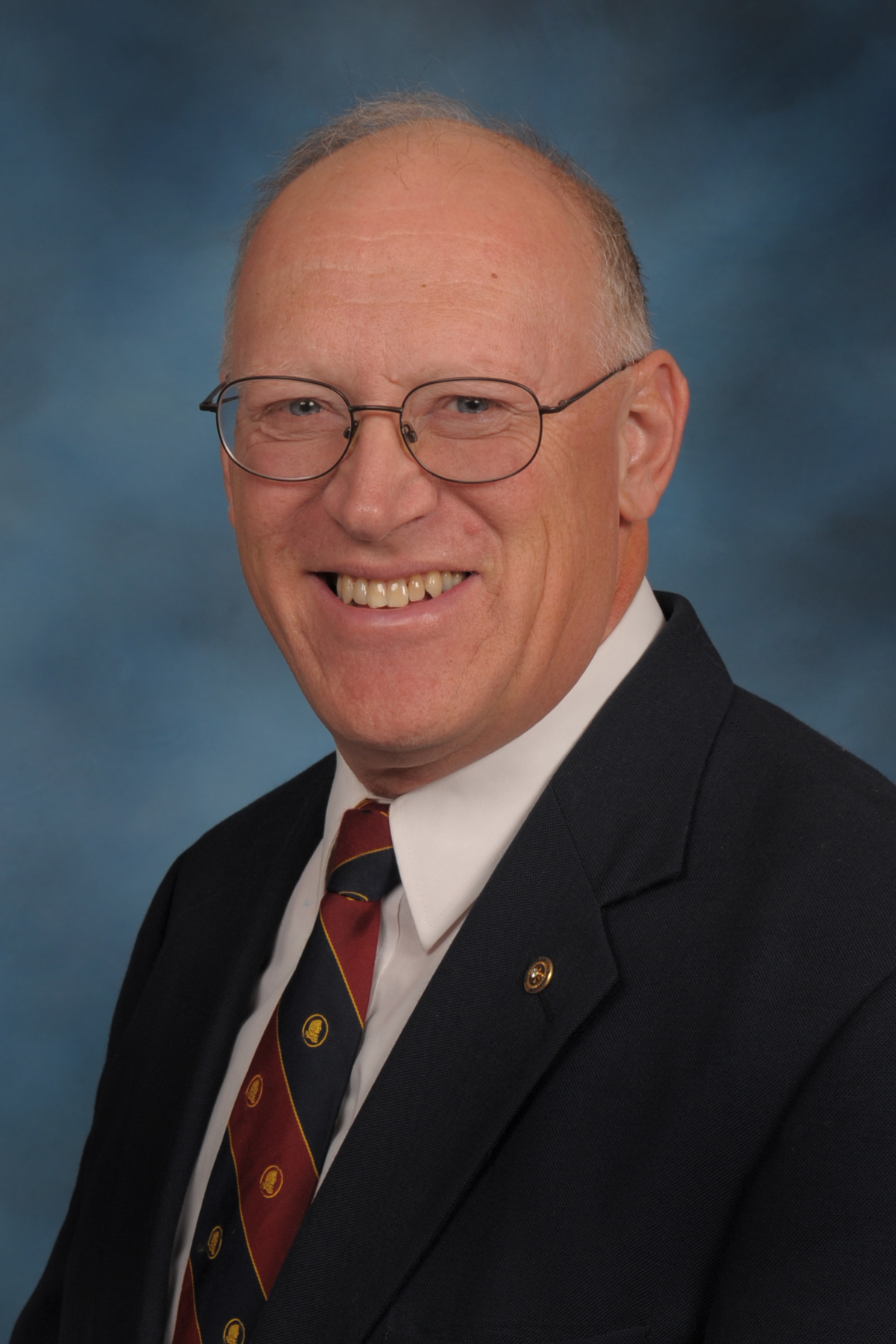Four statues stand in the rotunda of the Kansas Capitol. They honor President Dwight D. Eisenhower, Sen. and Gov. Arthur Capper, aviator Amelia Earhart, and country newspaper editor William Allen White. White was one of the most famous newspaper editors of his day. He was nationally influential while publishing the daily newspaper in his small town in rural Kansas. His legacy continues through the years.

Last week we learned about Red Rocks, the William Allen White home which is now a state historic site in Emporia. At Red Rocks through the years, William Allen White and his wife Sallie hosted many visitors, including several presidents and thought leaders from across the nation.
One of those was Edna Ferber, the most successful female novelist in the first half of the twentieth century. She wrote: “…there is no ocean trip, no month in the country, no known drug equal to the reviving quality of twenty-four hours spent on the front porch or in the sitting room of the Whites’ house in Emporia…”
White was a gifted and articulate writer. He wrote 22 books. His newspaper editorials through the years dealt with topics ranging from national policy to his favorite recipes. His 1896 editorial, “What’s the Matter with Kansas,” first brought him national fame. This editorial led to him meeting and becoming a longtime friend of Teddy Roosevelt. In later years, White came to embrace Roosevelt’s progressive policies within the Republican party.
Another editorial was a tribute to his 16-year-old daughter, killed in a horseback riding accident. This touching column would become reprinted in textbooks for years.
In later years, White challenged the racism of the Ku Klux Klan. He also supported free speech. His 1922 editorial, “To an Anxious Friend,” won a Pulitzer Prize as did his autobiography.
One day, White wrote about his lost dog, a fox terrier named Teddy (after Teddy Roosevelt). His column brought an outpouring of letters from across the country, reporting dog sightings or offering a puppy. Eventually, the lost dog was found and reunited with the family. Decades later, in 2013, Emporia author Jerilynn Henrikson wrote a children’s book about the dog. The fanciful book, titled “Teddy, the Ghost Dog of Red Rocks,” chronicled the day-to-day life of the Whites through the eyes of the family canine.
William Allen White passed away on Kansas Day in 1944. His son, William Lindsay White – sometimes known as Bill – assumed ownership of the Gazette. Bill White had worked in radio, sometimes filling in for legendary broadcaster Edward R. Murrow during World War II. Bill White married Kathrine, a native of the rural community of Cawker City, population 469 people. Now, that’s rural.
Bill and Kathrine had no children of their own. During World War II, Bill sought to adopt a war orphan in London and bring the child to the U.S. Flights were full and wartime restrictions were in place. Finally, White adopted young Barbara and left his luggage in London so that Barbara could ride on his lap on the plane. This story would become the basis for White’s book “Journey for Margaret” and a movie of the same name.
Bill, Kathrine and Barbara came to Emporia in 1951 and lived at Red Rocks. Barbara married a Stanford classmate, David Walker. In 2001, Barbara gifted Red Rocks to the state of Kansas. The Walker family continues ownership of the Emporia Gazette today.
The legacy of William Allen White lives on. The journalism school at KU and the library at Emporia State are named in his honor, as was a B-29 airplane, a children’s book award, a local elementary school, and more. He was the Sage of Emporia, known nationally as an advocate for small town life in middle America.
In the Kansas capitol, William Allen White is one of only four Kansans depicted as statues. We commend all those who are making a difference by keeping this history alive. His impact on Kansas history is statuesque.
And there’s more. The Walker family not only continues White’s legacy in Kansas journalism, it is reaching even more communities. We’ll learn about that next week.
Audio and text files of Kansas Profiles are available at http://www.kansasprofile.com. For more information about the Huck Boyd Institute, interested persons can visit http://www.huckboydinstitute.org.
